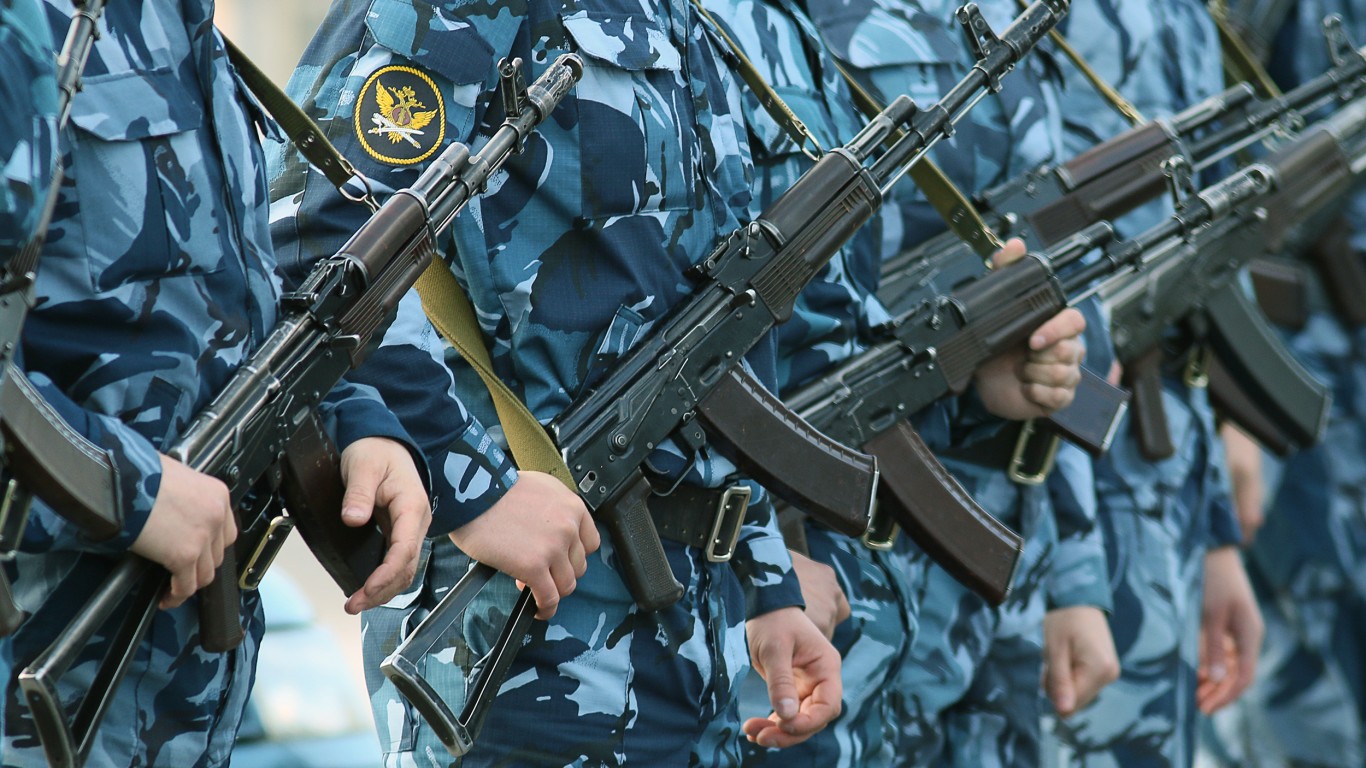
Submarines have been used in warfare for centuries. Undersea warfare has come a long way since the first experimental contraptions took to the seas. The modern nuclear-powered submarine represents a huge investment in money, resources, and time. While several nations are investing in bringing their submarine fleets up to modern standards, there are some signs that the submarine’s days may be numbered. This article will examine whether submarines are still relevant for warfare and what the future may hold.
Why This Matters
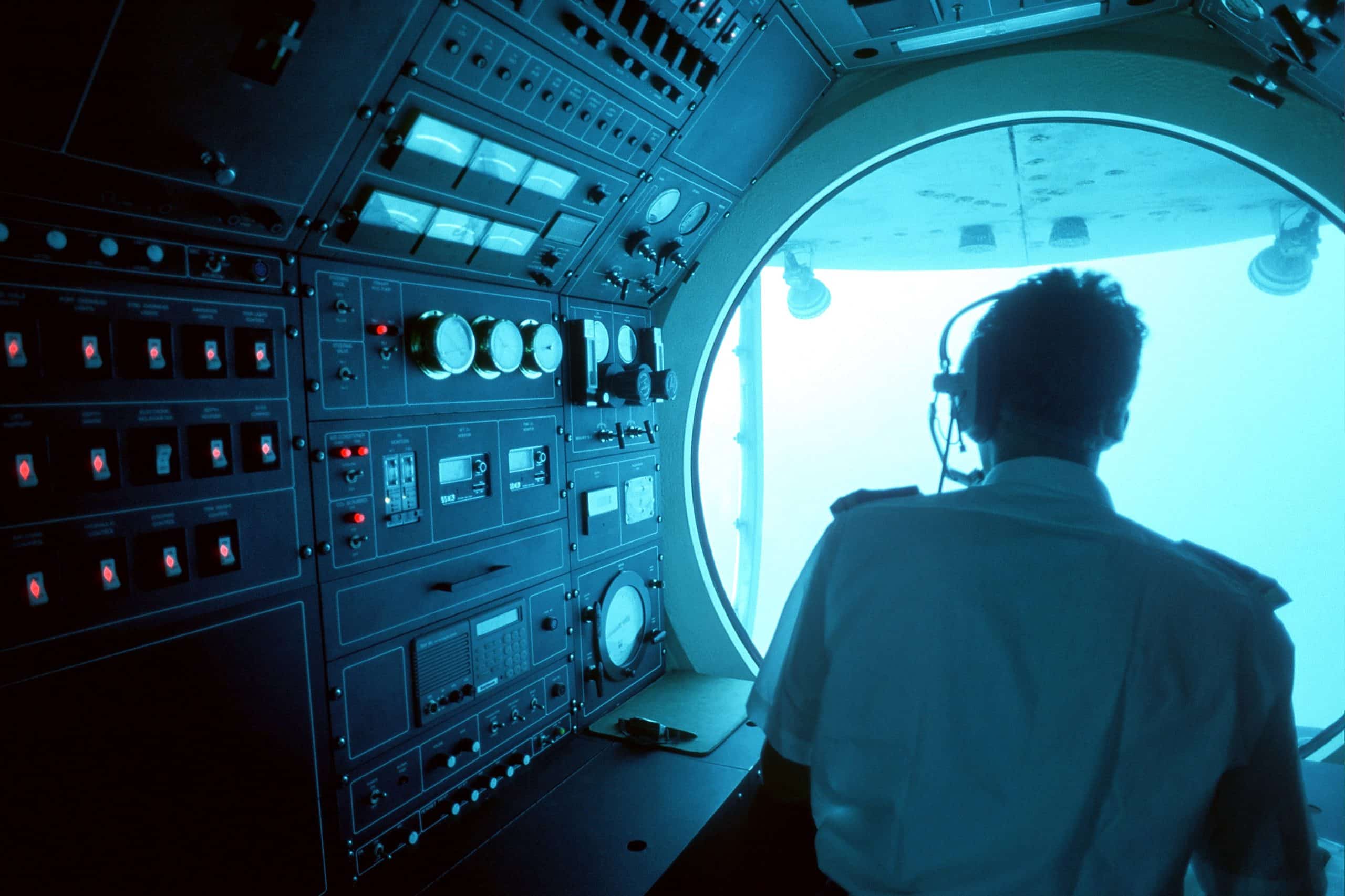
Military spending is on the rise globally amid active conflicts and rising tensions. Correctly allocating defense spending has seldom been more critical. In the coming years, the key strategic and tactical advantages a submarine holds today might be rendered obsolete.
The Case For
Deterrence and Versatility
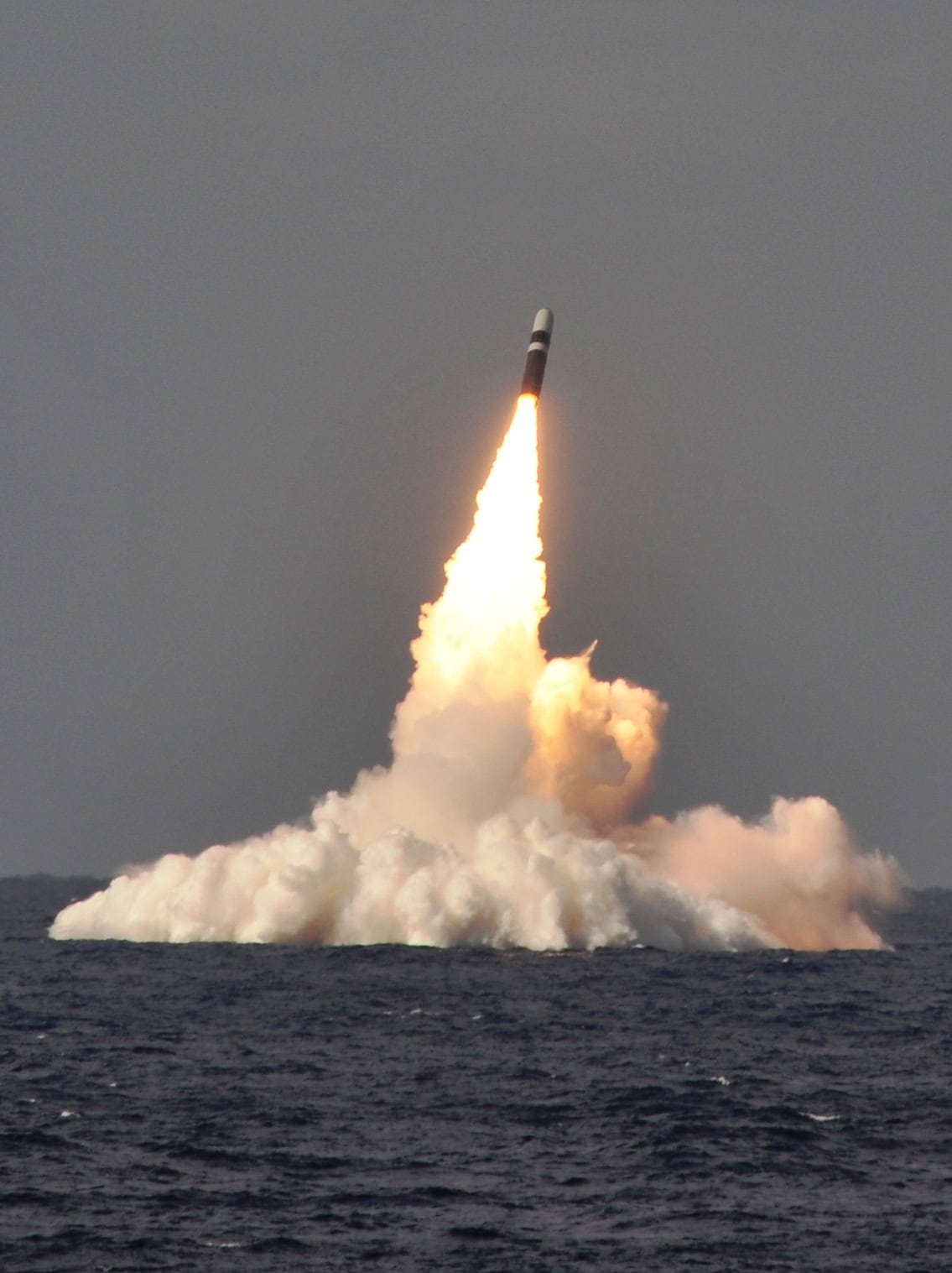
The modern submarine is capable of far more operations than its predecessors. In addition to conducting reconnaissance missions, submarines can engage land-based targets from vast distances. A Tomahawk cruise missile can be fired from a submarine with a range of 1000 miles, and ballistic submarines carry the nuclear deterrents of six nations. China, France, India, Russia, the United Kingdom, and the United States all have nuclear-armed submarines.
Submarines armed with nuclear weapons form a critical aspect of nuclear strategy by providing second-strike capability. In the event of a nuclear war, no matter how devastating the opening salvo, a nuclear submarine will guarantee a deadly counterstrike. This powerful deterrent has helped maintain a delicate balance of terror between the world’s nuclear powers.
Asymmetric Warfare
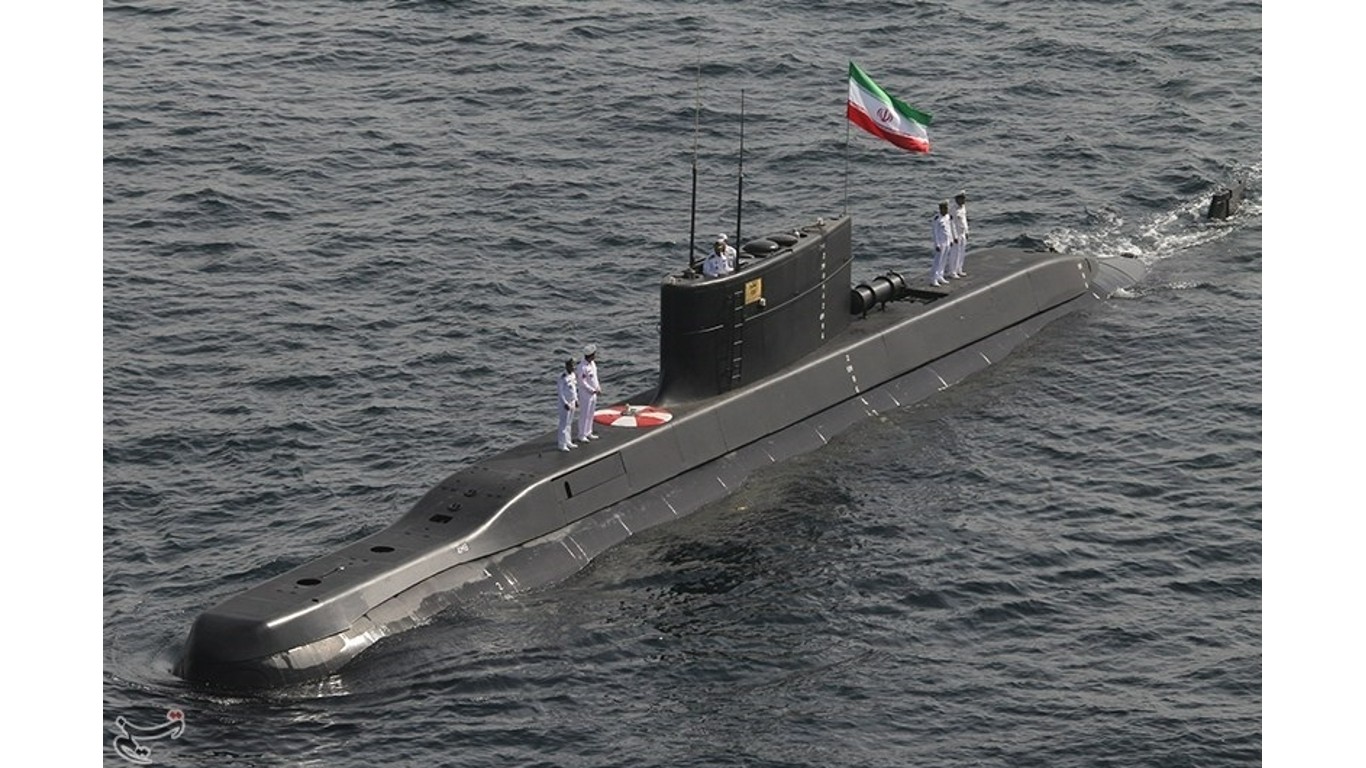
While a nuclear-powered submarine is only viable for a small number of wealthy nations, there are alternatives. Diesel-electric submarines are still perfectly capable and a good option for militaries operating in a smaller era. Similarly, the midget submarine, one less than 150 tons, can work very well in certain areas. Iran has several Ghadir-class midget submarines derived from earlier North Korean models. In the shallow waters of the strategically vital Strait of Hormuz, they would punch well above their weight in a combat situation.
Similarly, as Taiwan faces the prospect of a naval blockade or full-scale invasion by China, submarines will be a critical part of its defense. Given the vast discrepancies in industrial output, Taiwan has no hope of competing on an even keel with the mainland. However, submarines and smaller surface ships could utilize hit-and-run tactics to inflict serious damage on an invading force. Ideally, Taiwan would prefer to have a fleet capable of dissuading Beijing from any attempt in the first place, but deterrence requires credibility. The money spent on a submarine fleet that prevents an invasion will be a bargain in the long run.
Disrupting Supply Lines
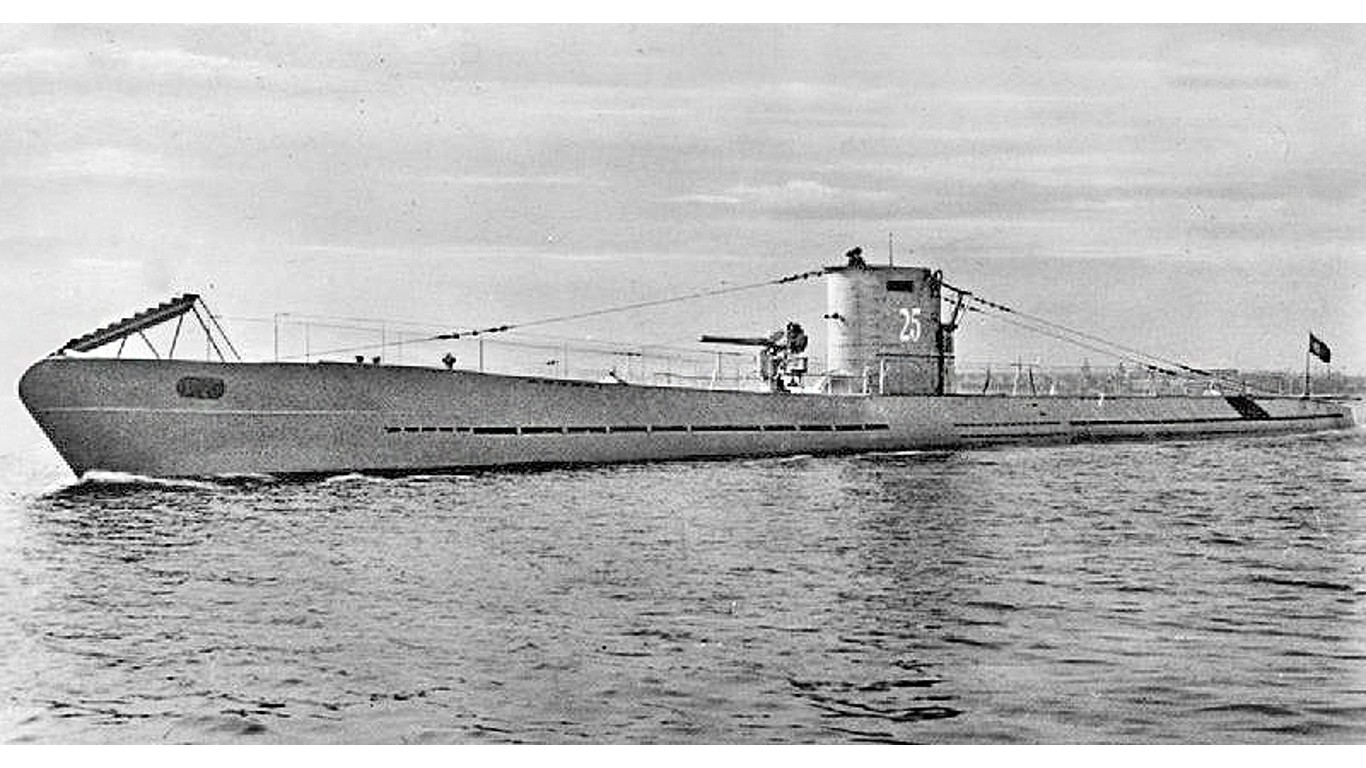
The days of German wolf packs stalking British shipping in the Atlantic are long gone, but the concept is still viable in a modern conflict. Attacking supply ships is something of a legal and moral grey area, but there was little doubting the efficacy of the Germans in the Atlantic or the Americans in the Pacific. There are a handful of trade chokepoints where submarines could utterly devastate global trade. Over 50% of international shipping passes through just four key areas globally. Similarly, seven of the ten busiest ports in the world are in China. It is not difficult to see what a submarine fleet could do in a modern conflict.
The Case Against
Cost and Production

Nuclear-powered attack submarines have far greater range than cheaper diesel-electric vessels. The United States Navy has a fully nuclear-powered submarine fleet, as its submersibles need to operate far outside home waters. Other nations can get by with a mixture of the two. The United States is gradually phasing out its older Ohio and Los Angeles-class submarines for the next generation. A Virginia-class nuclear-powered submarine costs approximately $4.5 billion per unit.
The other problems are the time it takes to build a modern submarine and the limited industrial base most countries have. The United States can produce only 1.2 submarines a year, and it will take another five years to build two submarines annually. China is rapidly outpacing the United States, adding 4.5-6 submarines to its fleet per year. As critical as submarines were in both world wars, they have scarcely been used against enemy ships since 1945. To date, only one nuclear-powered submarine has ever sunk an enemy ship – the HMS Conqueror sank the ARA Belgrano in 1982.
Ocean Transparency
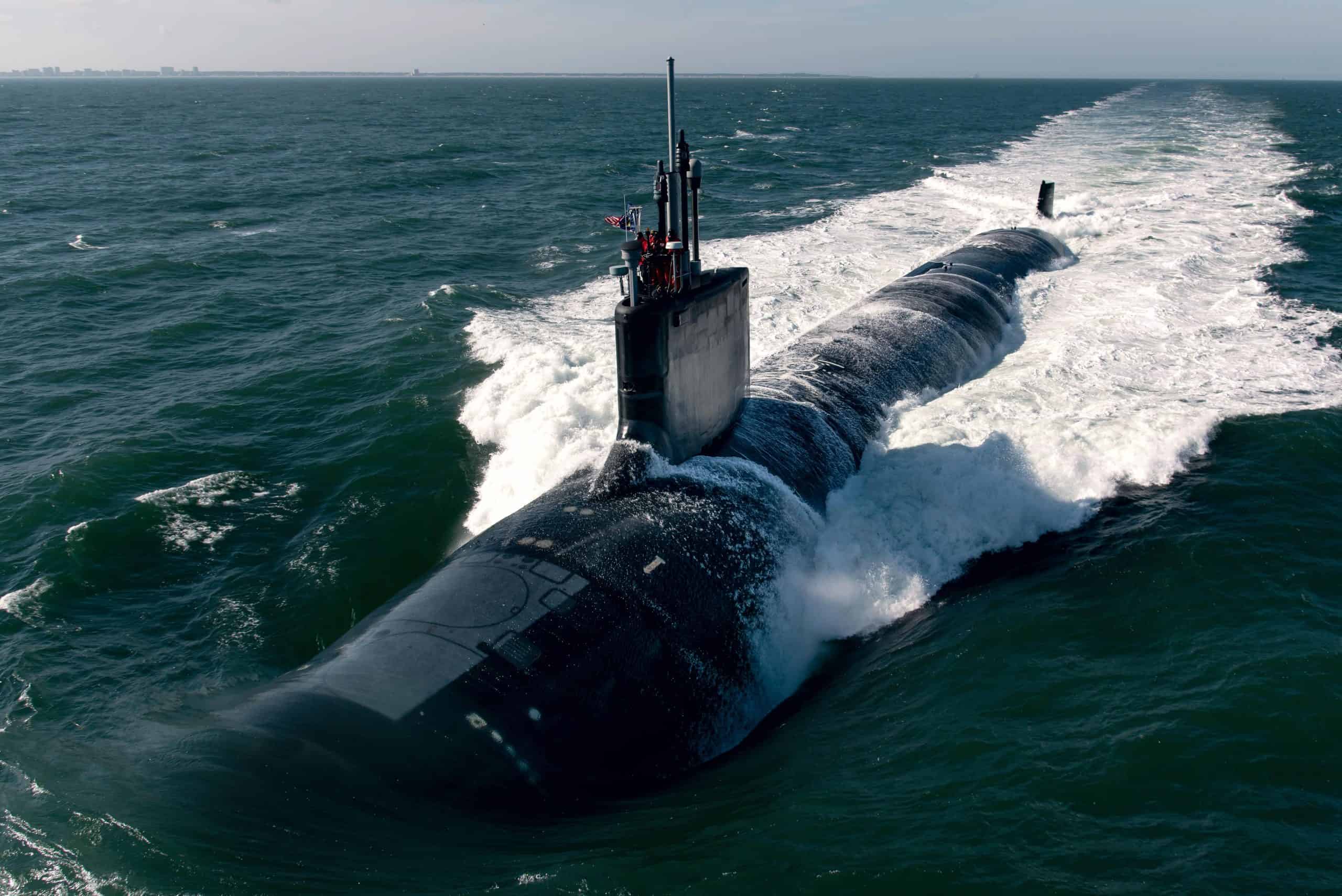
Sonar is the main way a submarine is detected today, but it may change by the mid-21st century. China launched Project Gualan (“watching the big waves”), a scheme to use airborne lasers to illuminate up to 500m below the ocean’s surface. The ultimate aim is to build a satellite that can essentially make the ocean transparent. The United States is undergoing similar trials.
If successful, these emerging technologies, which are still far from becoming viable, could drastically upend the current strategic picture. One 2020 study from the Australian National University concluded there was an 80% chance the oceans would become transparent. Should that day ever arrive, submarines will become effectively obsolete.
Unmanned Underwater Vehicles
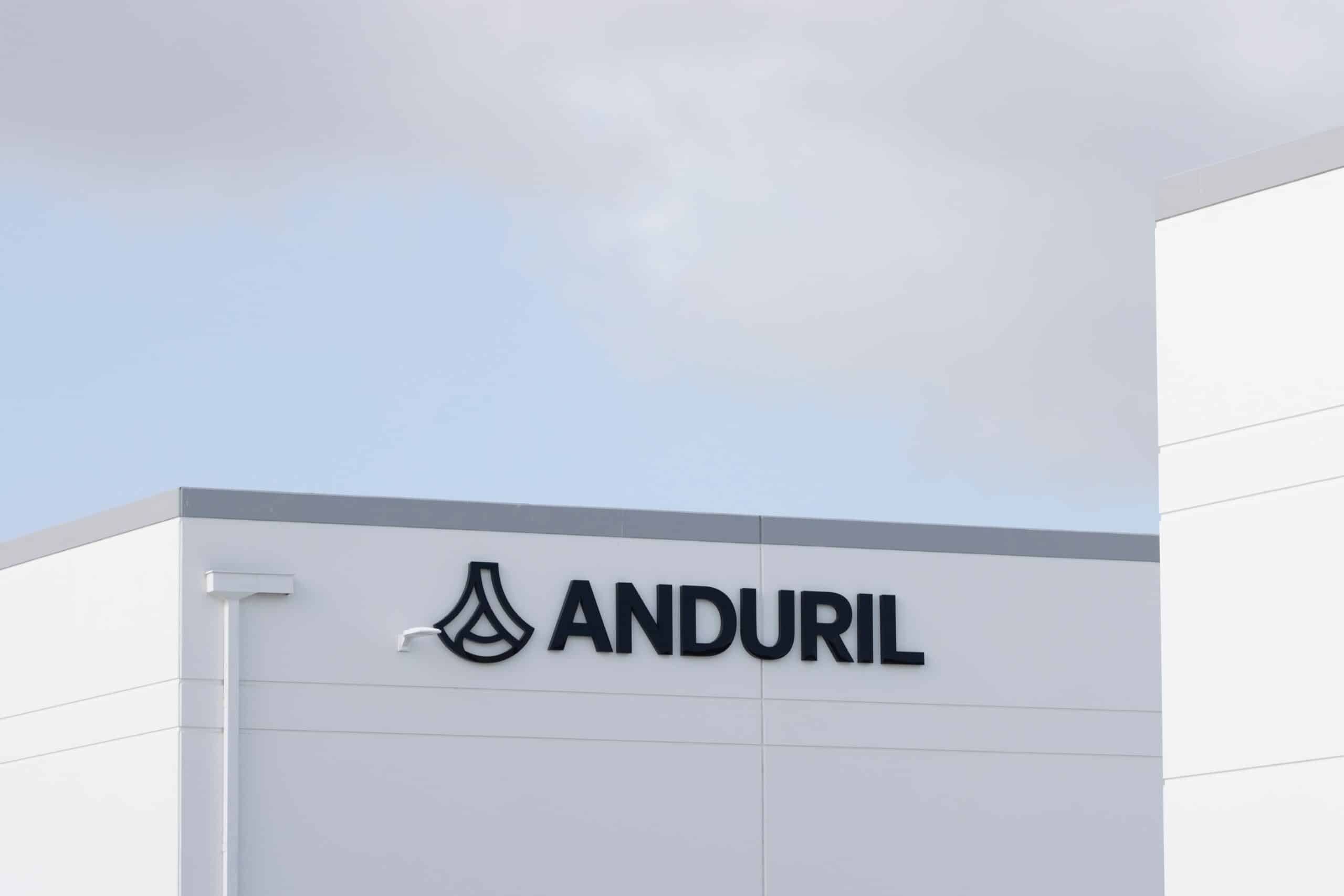
Drones tend to be thought of as aerial vehicles but sea drones are also a rapidly emerging aspect of warfare. Unmanned underwater vehicles are already being used in combat, and they represent an existential threat to submarines on two levels. The first is they can perform the same anti-ship operations but for a fraction of the cost. The second is that these cheap drones could be used on submarines themselves. A one-way underwater drone that costs as little as $250,000 might sink a nuclear submarine that costs $4.5 billion.
The Houthis have started using UUVs in their attacks on Red Sea shipping, adding a new layer of low-cost threats that cost far more to counter. Iran’s enthusiasm for aerial drones is also apparent beneath the waves, Tehran unveiled a loitering torpedo in 2022. North Korea allegedly tested an underwater drone, Haeil-5-23, apparently capable of deploying a nuclear warhead earlier this year. Russia claims to have a similar weapon, Poseidon, an autonomous nuclear-armed drone.
Ukraine has used air and sea drones in its attacks on Sevastopol and Russia’s Black Sea Fleet. In 2023, Ukraine unveiled a tiny underwater drone, the Toloka TLK-150. The United States is developing its own range of UUVs. In 2024, the Defense Innovation Unit selected Dive LD, a platform acquired by Anduril, to develop its autonomous undersea capabilities.
Conclusion

The submarine has a long and proven operational history since its inception in the late 18th century. Submarines played a huge role in both world wars but have had limited chances to show their full capabilities since 1945. The role of the submarine evolved as technology improved, but its future demise may also come from innovation. A modern nuclear-powered submarine represents a huge investment in time and resources available to only a few nations. Conversely, UUVs are readily available to just about any state or non-state actor. Already, states adversarial to the United States have made great strides forward in developing low-cost underwater drones. Just as aerial drones can level the playing field, so too can sea drones.
The biggest threat to the submarine’s future viability is in detection. If, as some institutes predict, the ocean becomes transparent, nuclear-armed submarines will have nowhere to hide and no longer be a valid deterrent. Countermeasures may be possible, but it seems that detection will outpace stealth in the foreseeable future. However, that day is still some years, likely decades away, and a nuclear-armed submarine still provides crucial second-strike capacity. The operational range and versatility of modern submarines are still light years ahead of UUVS. Submarines still have an important role to play in defense. For now.
It’s Your Money, Your Future—Own It (sponsor)
Retirement can be daunting, but it doesn’t need to be.
Imagine having an expert in your corner to help you with your financial goals. Someone to help you determine if you’re ahead, behind, or right on track. With SmartAsset, that’s not just a dream—it’s reality. This free tool connects you with pre-screened financial advisors who work in your best interests. It’s quick, it’s easy, so take the leap today and start planning smarter!
Don’t waste another minute; get started right here and help your retirement dreams become a retirement reality.
Thank you for reading! Have some feedback for us?
Contact the 24/7 Wall St. editorial team.

